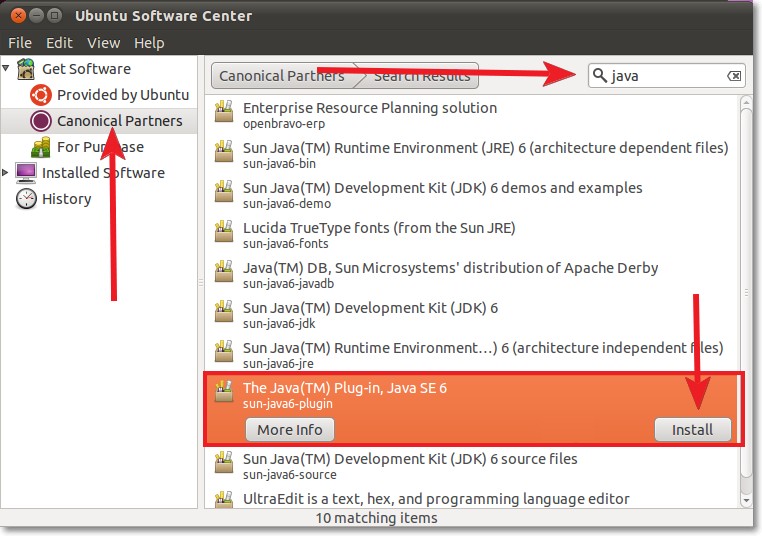
Manual Installation and Registration of the Java Plug-in.

To use Java within Firefox, manually create a symbolic link from the plug-in file in the release to one of the locations that Firefox expects. In reality, if you do this you will get a (warning) message saying that the file name indicates the file is not executable while the content of the file is of the type "executable". When you install the Java platform, the Java plug-in file is included as part of that installation. This does not work any more in Fedora Core 4 (other FC versions not tested). If you are using a simple java project then you have to download TestNG jar and manually need to import. On Red Hat 8.0 Linux, one could start a Nautilus file manager, descending to the directory, and click on the name of the rpm file name and activate the installation process. The developer site also provides manual download of the plugin: link (at the bottom) but I don't know how to install it properly. Install TestNG plugin Manually in the eclipse.You can do the same thing with other rpm actions to get rpm to be more verbose about what is going on. ' which turns on the verbose output and gives you more info on the install as it progresses. Another tip to follow progress of the rpm install is to use 'rpm -ivv.Or you can directly add pugins from the other venders by directly searching the repositories. Click Apply button of the Settings/Preferences dialog. Select the desired plugin from your local machine.


It's much easier to install from the repositories than from the download on Oracle's site. On the Plugins window, click 'Install plugin from disk button'.If you find how-to specific for your distribution we recommend using it because in some distributions, Java can be included in the software repositories (which you can benefit from).Even though it might be unfamiliar to you, using the console method is actually easier than the GUI method.


 0 kommentar(er)
0 kommentar(er)
